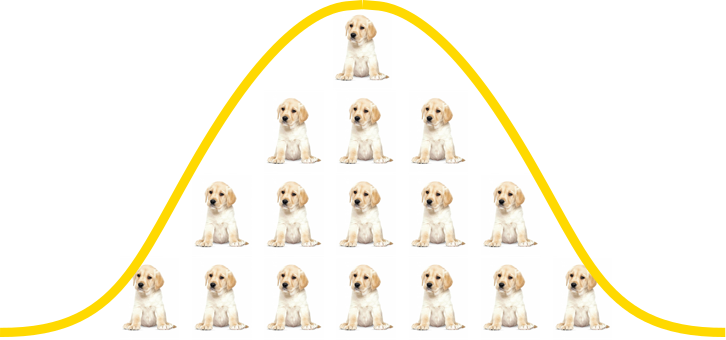Walking To Playgrounds In Wellington
This post introduces a series of walkability analyses for Wellington - with a specific focus on walking to playgrounds. The analyses will allow us to examine the following questions:
- How prohibitive is Wellington’s topography on pedestrian accessibility to playgrounds?
- Can we interpret pedestrian accessibility to playgrounds with a ‘family-friendly’ angle?
- Does the inclusion of school playgrounds to the analysis improve accessibility? If so, by how much?
- What is the impact of the new Berhampore playground on accessibility in Berhampore and nearby suburbs?
But to understand the importance of these specific questions, we need to zoom out to a more high level perspective.
Benefits of an urban life
In his recent book, Order without Design, Alain Bertaud beautifully lays out the value proposition of urban life:
- A commute short enough that one has time for leisure activities.
- An open job market that allows one to change jobs and - through trial and error - find a job that best suits.
- A residence from which access to social life or nature is quick and easy.
- Order without Design, Alain Bertaud (p 19)
As a life-long urbanite with stints around the world, I have given thought to each of these points when evaluating a place to live - from the city itself to a suburb / area. I even moved back to New Zealand after a few years in the UK solely for #2 and #3. As I was looking for rental property, #1 and #3 were primary on my mind.
The above three points are typical core values for individuals. For individuals in a family, #3 would grow to include other amenities like schools, medical services, retail etc. A comprehensive evaluation of amenities can be found in metrics like the NDAI (Neighbourhood Destination Accessibility Index).
Accessing amenities by passive or active transport
As urbanites, we can access an amenity with several modes of passive or active transport. Passive transport is usually motorised transport like cars, buses, trains or hired vehicles (taxi or Uber). By contrast, active transport is a physical activity - including walking, cycling, running, and skateboarding. Enabling and encouraging active transport modes has become particularly relevant in the current climes.
Reducing car reliance and encouraging more transport-related physical activity are now recognised as beneficial objectives from health, social and environmental perspectives. Evidence is accumulating that a number of built environment attributes are associated with the likelihood of residents using active transport.
– Measuring neighbourhood walkability in NZ cities
The above quote from a research paper published by Knowledge Auckland succinctly summarises the connection between transport, physical activity and the built urban environment. Urban attributes are critical for understanding if people will substitute automobile transport (particularly the car) for any choice of active transport.
Valid and reliable measures of these urban attributes are critical for improving our understanding of the relationship between the built environment and transport mode use.
– Measuring neighbourhood walkability in NZ cities
Measuring walkability to amenities
In this series, the analyses will be constrained to walking - rather than a comprehensive view of active transport. The combined impact of urban attributes that enable walking can be measured objectively with Walkability metrics. WalkScore is an implementation of walkability. The Walkability Index, described in Measuring Neighbourhood Walkability in New Zealand Cities, is another.
Walkability typically presents a comprehensive picture. But at its core is the predominant question that encapsulates opportunity cost for any transport mode:
How long will it take me?
While we all consider itinerary-specific travel times, a general view of travel times to amenities can be quantified and visualised with accessibility heatmaps.
Walkability by example: walking to playgrounds in Wellington
This introductory post is followed by a series that will examine walkability to playgrounds in Wellington using accessibility analyses by travel time. Playgrounds are an important recreation resource and are typically accessed on foot. The posts will consider just how reasonable their pedestrian accessibility actually is.
The topic is narrow, but intended for covering concepts in depth. The following posts will cover:
- The impact of topography (hills) on travel times.
- How prohibitive is Wellington’s topography on pedestrian accessibility?
- Modelling and visualising differences between suburbs.
- Can we interpret pedestrian accessibility to playgrounds with a ‘family-friendly’ angle?
- Accessibility to council playgrounds vs. school playgrounds
- Does the inclusion of school playgrounds improve accessibility? By how much?
- The impact of adding new playgrounds on travel times.
- What is the impact of the new Berhampore playground on accessibility in Berhampore and nearby suburbs?
The final post will close the series by examining how accessibility analyses can inform about the “liveability” of an urban environment.
